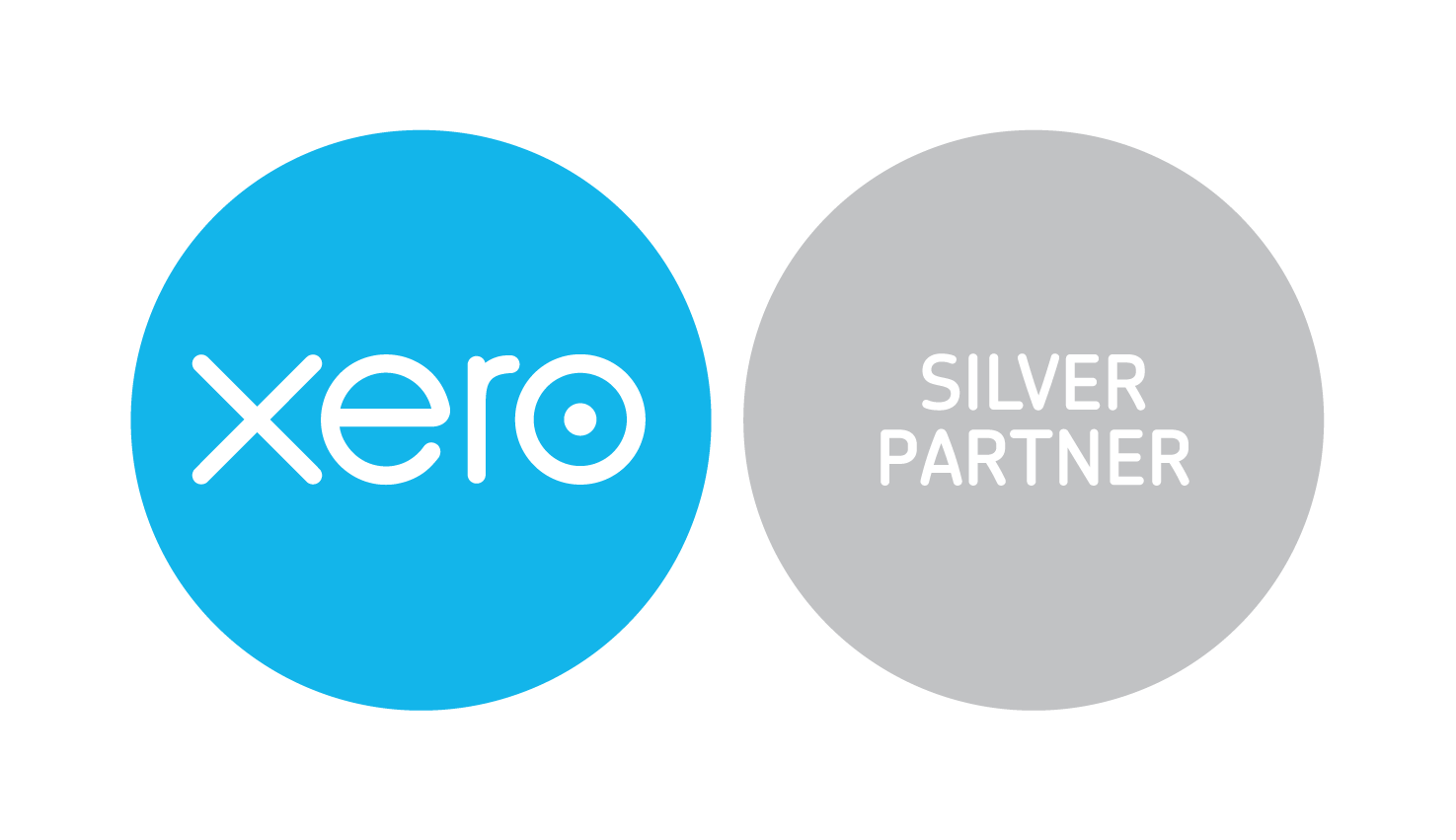Startup valuation is sometimes seen as an art more than a scientific effort. It can come with many variables and assumptions, but this activity is extremely important for startups to fully understand what their companies are worth, now and in the future,
Startup valuation is an important starting point
Valuation matters to entrepreneurs because it determines the share of the company that they have to give away to an investor in exchange for money. When the company is starting out, its value is close to zero, but the valuation can be a lot higher than that. Why?
Let’s use a typical example. You are looking for a seed investment of around $100,000USD in exchange for about 10% of your company. Your pre-money valuation will be $1 million. This however, does not mean that your company is worth $1 million now and you probably cannot sell it for that amount. Valuation in the early stage is a lot about the growth potential, as opposed to the present value.
Valuating a company, basically is the understanding how much % of a venture would founders give money for. Let’s say, I am the founder and I will give 5% for $100,000, my company’s pre-money valuation will be $10,000USD/0.05=$200,000USD. The deal at this point is, how can you factualize this value? How to calculate a valuation in such an early stage and without track record? Here are a few considerations:
- Make reference to companies in similar industries and have an idea of what your peers have raised in similar situations.
- Once your idea and positioning are validated, get just enough money to get to the next round. How much money do we need to trigger an exponential growth and traction till the next round? If I plan my next round in 12 months, I want to be able to grow at 50% average per month. This will show traction, protect the company from a down round and maximize next round number. It is important to find the sweet spot between how much money I need now to maximize my growth without giving up too much too soon and get more in the next round once we can prove that we grow with money and more money means more growth.
- Even if your idea is well-received, don’t be greedy now. The less you give out, the better you will preserve your shares in the future. Your idea may even be better than you think — traction speaks for everything and investors will respect you even more. Let it grow organically with the proper amount of funding in every round.
Valuation stages:
Seed Stage
What are the main drivers in the valuation process?
Turnover. Creating revenues is not the most important in seed stage but it proves the concept and gives a reference on the execution.
Traction. This is what investors look at as the north star and, most importantly, a good reference to x amount of money raised would equate to what numbers in terms of traction.
Reputation, team and track record. Founders with a past exit may give a good mark and help the valuation to go on the higher range. Look at the team rather than the single founder. A founder could do well 2 times, first time because of luck and second time because of the team. If the team culture is good with high motivation, as an investor I would look at the balance of the team as important as the track record of the founder.
Timing. What makes a startup successful? Bronze medal: Idea Silver medal: Execution Gold medal: Timing. I have seen many amazing ideas, perfectly executed, being right too soon or too late. Being right on spot is what matters the most.
What’s the Hype on High Valuations:
It comes down to two strategies:
1. Progressive raising. Raise only that which you absolutely need. Spend as little as possible. Aim for a steady growth rate. There is nothing wrong to grow your startup steadily, and let your valuation raise gradually. It might not get you in the news, but you will raise your next round.
2. Big shot raise. Raise as much as possible at the highest valuation possible, spend all the money fast to grow as fast as possible. If things work, you will get a much higher valuation in the next round, so high that your seed round can pay for itself. If a slower-growing startup will experience 55% dilution, the faster-growing startup will only be diluted 30% — so you save yourself the 25% that you spent in the seed round. Basically, you got free money and free investor advice.
I generally opt and advise for option 1. But there are cases where option 2 makes sense.
SERIES A and beyond
Again, traction is the north star. What was your growth number in 12–18 months?
Valuation is based on comparable and multiples. To put it simple: what are the values of the companies in similar industries and positions? What was the multiple on the Revenue/EBITDA? Now let’s take Revenue or EBITDA and let’s apply the same multiple.
Example:
Company Comparable A valued 15x Revenue in similar life stage
Company Comparable B valued 18x Revenue in similar life stage
My company could be valued in between the numbers based on the factors mentioned earlier.
What’s in the Investors’ Mind
Think what the investor may think, play ahead.
1. The exit. How much can the investor target to sell the company for and in how many years from now.
2. How much would they need to spend/invest to maximize their chances to sell at the target exit price.
3. Dilution. This goes with point two. Investors that are working with successful startups with traction need to keep pace with their growing valuation and top it up to avoid dilution (unless they have negotiated an anti-dilution covenant).
Option Pool
This is a crucial term that startuppers need to learn: This is a stock reserved to incentivize and retain talented employees and key advisors. The range is 15–25%. The higher the option pool is, the lower the valuation is, as this is deducted from the valuation. Option pool offers great advantages to align interest with those in your team, bringing everyone to the road of success. Founders can use it to retain those who contribute their skills to make their future valuation higher and higher.
Let’s say your pre-money valuation is $4M and $1M comes in from new funding. Post money valuation becomes $5M. The VC gives you a “term sheet” — which is technically a contract that contains the conditions upon which the money is given to you, and which you can negotiate. The term sheet says that the VC wants a fully diluted 15% option pool in the pre-money valuation. This means that we need to take 15% of the $5 million (post-money valuation), which is $750,000 and deduct it from the pre-money valuation ($4M minus $750,000). Now the true valuation of our company is only $3.25M
Is Valuation a Myth? Does it Really Matter?
To discuss this I use one of the most discussed cases — Dropbox vs. Instagram.
Both Dropbox and Instagram started as a one-man show. Both of them were or are valued over $1 Billion, but they started with very different valuations:
1. Kevin Systrom went to Baseline Ventures and received $500K in exchange for about 20% of Brbn (predecessor of Instagram). Valuation $2.5M.
2. Drew Houston went to Y-Combinator, where he received about $20K in exchange for 5% of Dropbox. Valuation 400K (pre-money).
Very different early stage valuations. Did that matter at the end?














